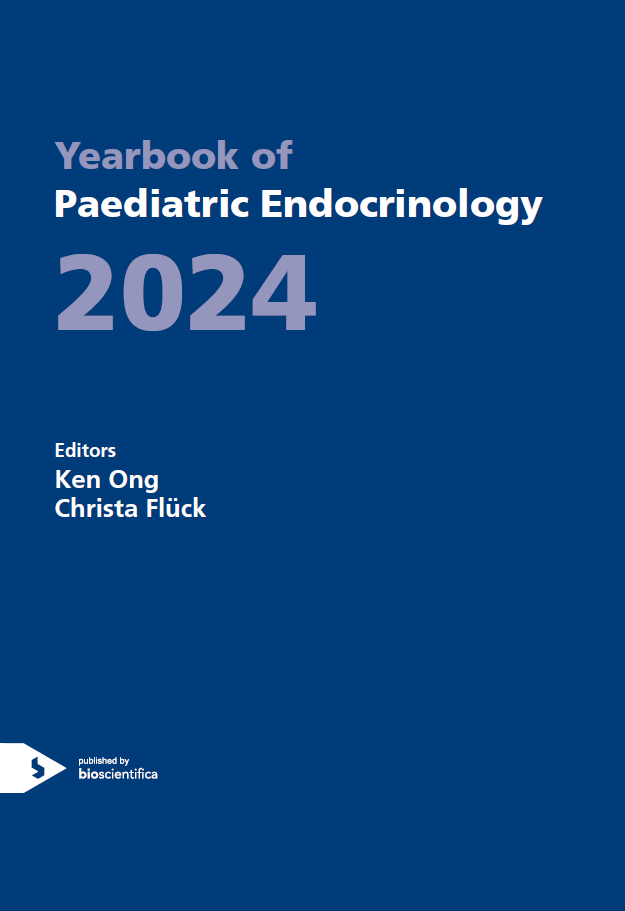2. Antenatal and Neonatal Endocrinology
Important Associations with Growth
ey0021.2-9 | Important Associations with Growth | ESPEYB21
2.9. The associations between maternal and fetal exposure to endocrine- disrupting chemicals (EDC) and asymmetric fetal growth restriction: a prospective cohort study
S Hong , BS Kang , O Kim , S Won , HS Kim , JH Wie , JE Shin , SK Choi , YS Jo , YH Kim , M Yang , H Kang , D-W Lee , IY Park , JS Park , HS Ko
ey0021.2-10 | Important Associations with Growth | ESPEYB21
2.10. Leptin and adiposity measures from birth to later childhood: Findings from the Hyperglycemia and Adverse Pregnancy Outcomes (HAPO) Follow-Up Study
S DeLacey , M Gurra , J Arzu , LP Lowe , WL Lowe , DM Scholtens , JL Josefson
ey0021.2-11 | Important Associations with Growth | ESPEYB21
2.11. Cord Blood Proteomic Profiles, Birth Weight, and Early Life Growth Trajectories
T Van Pee , DS Martens , R Alfano , L Engelen , H Sleurs , L Rasking , M Plusquin , TS Nawrot




